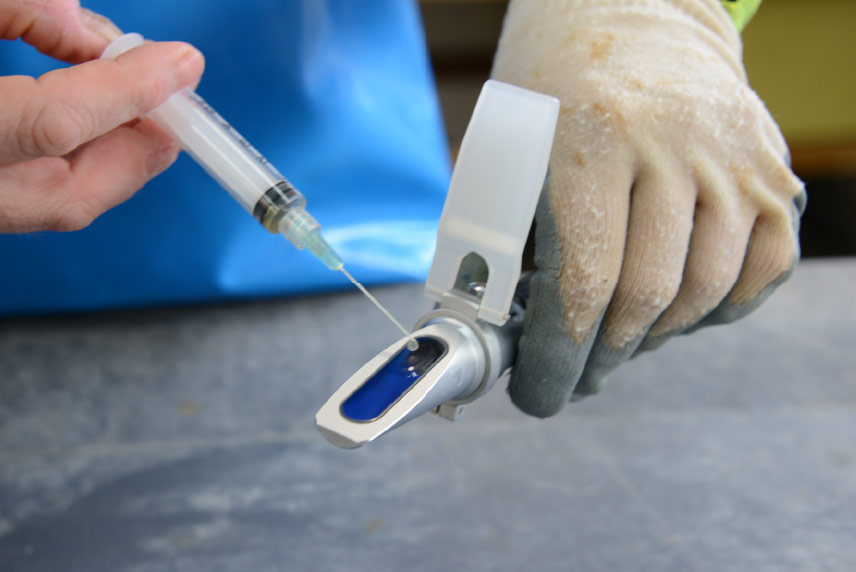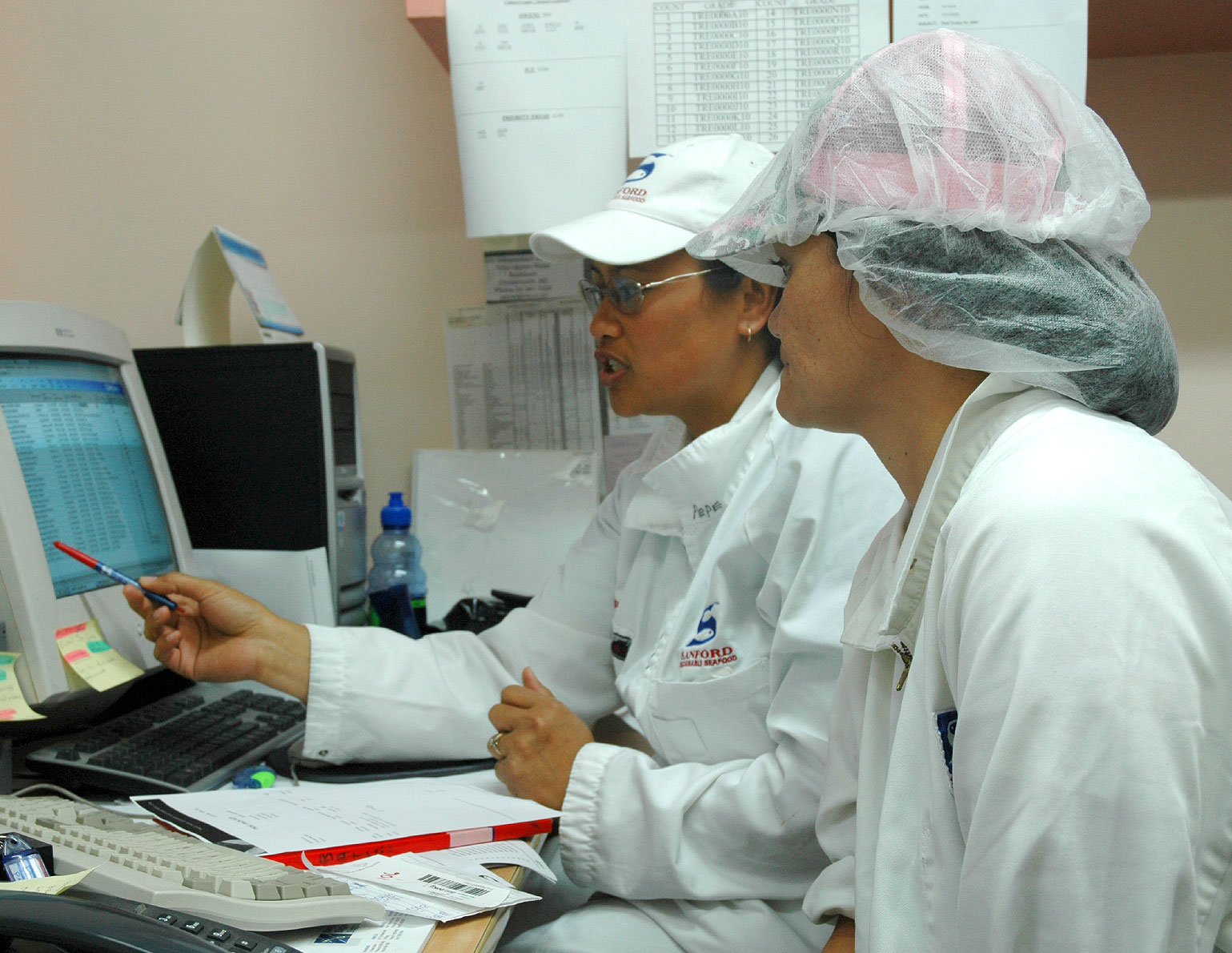Food safety.


New Zealand’s regulatory responsibilities for food safety apply to all food made and/or consumed within New Zealand and up to the point of import by another country.
New Zealand’s food safety system requires a focus on proactively identifying and managing biological, chemical and physical hazards across the food supply chain that could present a food safety risk. The aim is to reduce the likelihood that a food safety risk would occur and to enable the business to quickly identify and manage real and potential incidents.
Legal requirements for the safety and suitability of seafood are described in two main Acts of Parliament: the Food Act 2014 and the Animal Products Act (APA) 1999. Under these Acts, further legislation is enacted by the Government through Regulations, Standards, Specifications and Notices, Regulated Control Schemes, and national programmes.
The Ministry for Primary Industries is the regulatory agency responsible for legislation on all aspects of food safety from sea to plate – including production, processing, transport and retailing. Food Standards Australia New Zealand (FSANZ) also establishes food labelling and composition standards, including limits for some microorganisms and contaminants.
The seafood industry meets the requirements of New Zealand’s food safety legislation through programmes such as Risk Management Programmes and Food Control Plans.
The specific food safety requirements that apply to each business depend on the type of processing activity being conducted (i.e. primary or secondary), where that activity occurs (i.e. on land or at sea) and the market to which the product is sold.
The majority of seafood produced in New Zealand is produced in land-based or factory vessels operating under a Risk Management Programme. The purpose of a Risk Management Programme is to identify and manage the relevant food safety hazards and other risk factors related to wholesomeness and truth of labelling. Each seafood business is responsible for developing, implementing, maintaining and registering a programme that is specific to the activities within their operations.
The legislative requirements of a Risk Management Programme focus on:
- processing activities and HACCP application,
- good operating practices,
- operator verification,
- documentation and records, and
- system administration.
A Risk Management Programme must be registered with the government and independently verified by a government-approved service provider.
Food Control Plans for high-risk businesses are similar in nature to Risk Management Programmes but enforced under separate legislation.

The OpenSeas report was prepared by a technical expert, with demonstrable knowledge and experience in the topic at hand. An internal fit-for-purpose review was conducted by the OpenSeas Programme Director, which may have included external scientific or operational expertise. An external scope and accuracy review was conducted by the relevant regulatory agency(ies) (i.e. New Zealand Government departments).
The report author was responsible for revising the report in line with recommendations from reviews and retains final responsibility for the report content.

